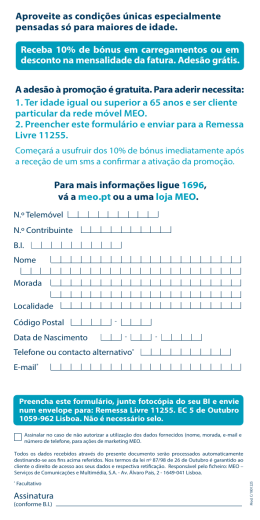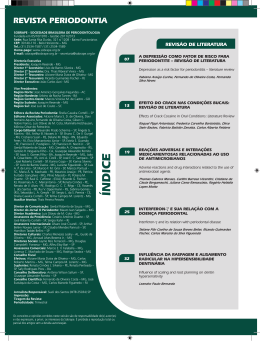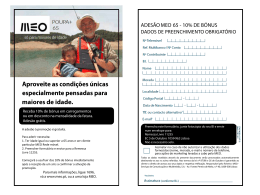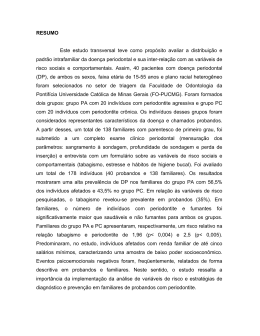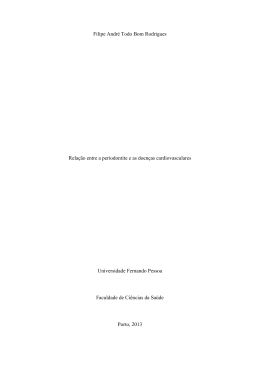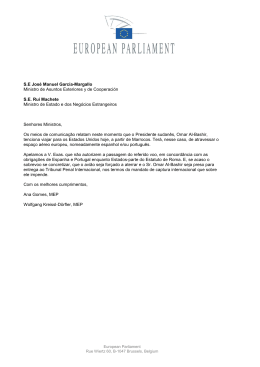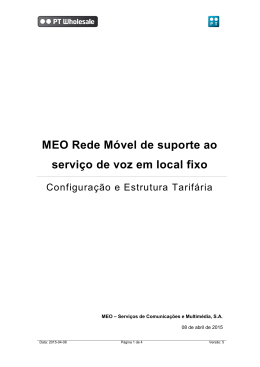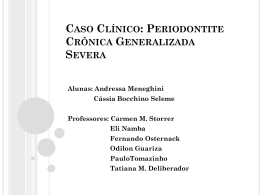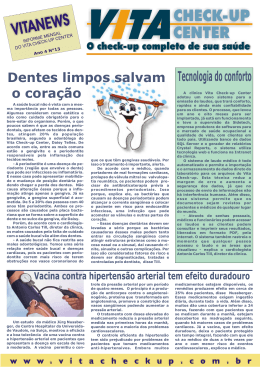Autor: Daniela de Morais Rocha ANÁLISE DO PADRÃO DE SECREÇÃO DE PROTEÍNAS SALIVARES EM INDIVÍDUOS COM PERIODONTITE AGRESSIVA E CRÔNICA Mestrado em Odontologia, Área de Concentração em Clínicas Odontológicas - Ênfase em Periodontia, da Pontifícia Universidade Católica de Minas Gerais. Belo Horizonte 2006 RESUMO As propriedades da saliva são derivadas em grande parte das proteínas presentes neste fluido. Há evidencias de que a expressão e função de algumas destas se encontra alterada em indivíduos portadores de doença periodontal. O objetivo do presente estudo é comparar o padrão de secreção das proteínas salivares MG1, MG2 e lactoferrina oriundas das glândulas submandibulares e sublinguais de indivíduos portadores de periodontite agressiva, periodontite crônica e sem periodontite. Adicionalmente, será avaliada a influência da ausência e presença de estímulo no padrão de secreção destes constituintes salivares. Um total de 15 indivíduos participou do estudo e estes, de acordo com critérios específicos, foram alocados nos seguintes grupos: GPA - 5 indivíduos portadores de periodontite agressiva, GPC - 5 indivíduos portadores de periodontite crônica e GC – 5 indivíduos sem periodontite. Exame clínico periodontal foi realizado e amostras de saliva, na ausência e presença de estímulo gustatório, coletadas e processadas. A análise das proteínas salivares foi realizada em géis e coradas por PAS em membranas incubadas com anticorpos primários direcionados contra MG1, MG2 ou lactoferrina. A estimulação aumentou significantemente os fluxo salivar em todos os grupos (GPA – p = 0.01; GPC – p = 0.03; GC – p= 0.001) assim como levou a um aumento da expressão da MG1 em todos os grupos. GPA e GC exibiram uma notável redução na expressão da MG2 após a estimulação e GPC um discreto aumento. GPA e GPC tiveram um discreto aumento na expressão da lactoferrina após a estimulação e GC uma diminuição. Concluindo, o padrão de secreção da MG1, MG2 e lactoferrina, em indivíduos com periodontite agressiva e crônica é complexo e as variações observadas podem influenciar na progressão das mesmas. Palavras Chave: periodontite agressiva e crônica, saliva, estimulação, expressão, glicoproteínas salivares ABSTRACT The unique properties of saliva are derived in large part from the proteins that are present. Distinct salivary proteins are altered in individuals with periodontal disease. Therefore, the aim of this study was analyze the pattern of secretion and the influence of stimulation on the expression of MG1, MG2 and lactoferrin in individuals with aggressive periodontitis, chronic periodontitis and without periodontitis. Five individuals with aggressive periodontitis (GAP), 5 individuals with generalized chronic periodontitis (GCP) and 5 without periodontitis (GC) were selected. Individuals received a complete dental examination and resting and stimulated submandibular and sublingual saliva was collected. The obtained volumes were measures and samples were analyzed on PAS-stained polyacrylamide gels and on Western blots probed with rabbit polyclonal antibodies directed against MG1, MG2 or lactoferrin. Flow rates were significantly different under the two conditions in all gropus (GPA – p = 0.01; GPC – p = 0.03; GC – p= 0.001). Blots revealed that gustatory stimulation leaded to an increased expression of MG1 in all participants. In addition that individuals from GAP and GC exhibited a notable reduction in the expression of MG2 upon gustatory stimulation and in contrast, individuals from GCP showed a discrete increase. Finally, blots probed with anti-lactoferrin antibodies revealed that individuals from GAP and GCP had an increase in its expression upon gustatory stimulation, whereas individuals from GC exhibited a decrease. In conclusion, the secretion of MG1, MG2 and lactoferrin under resting and stimulated conditions in these three distinct groups revealed a complex pattern, indicating that further studies should be conducted enhance the comprehension of the impact of periodontitis on their expression and vice versa. Key words: periodontitis, submandibular and sublingual glands, saliva, pattern of secretion, innate immunity
Download
